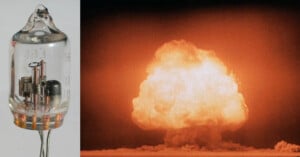
What Your Camera Flash Has to Do With an Atomic Bomb
On July 16th, 1945, 35 miles southeast of Socorro, New Mexico, the White Sands Proving Ground was rocked by a massive explosion.

On July 16th, 1945, 35 miles southeast of Socorro, New Mexico, the White Sands Proving Ground was rocked by a massive explosion.
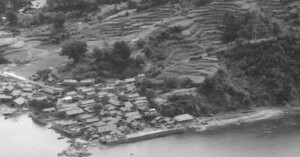
A group of surviving victims of the atomic bombing of the Japanese city of Nagasaki are using a U.S. military photo as new evidence in a lawsuit claiming that they were exposed to radiation.
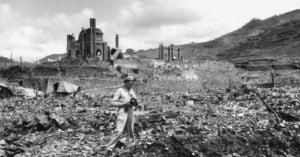
Lieutenant Dan McGovern stands amid the wreckage in Nagasaki, Japan at precisely the spot an atomic bomb had landed a month earlier. McGovern has a camera in hand, documenting one of the 20th century's most significant events.
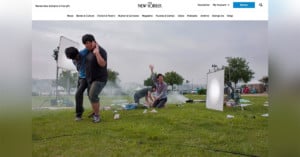
On August 6, 1945, the U.S. detonated the world’s first wartime nuclear bomb over Hiroshima. An estimated 70,000 people died that day with another 70,000 perishing within four months from injury and radiation poisoning. On the ground, photojournalist Yoshito Matsushige miraculously survived unharmed despite living 1.7 miles from ground zero. Over the course of 10 hours, he could only bring himself to take 7 photos.
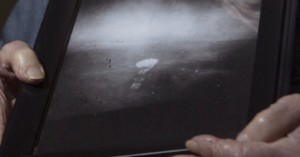
On August 6th, 1945 Russell Gackenbach captured a historic, horrifying event on his personal camera. From the bowels of an Air Force bomber, he snapped two pictures of the first atomic bombing when a 9,000-pound uranium-235 bomb named 'Little Boy' obliterated the city of Hiroshima, Japan.
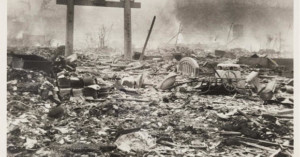
This week, 24 incredible, powerful, haunting photographs will be going up on the auction block at Bonhams in New York. These are photographs that are newly-discovered, and many of them have never been seen before as they were taken with a faulty camera and never made it in front of the public eye.
They are photographs of Nagasaki, Japan, taken by celebrated Japanese military photographer Yosuke Yamahata the day after an atomic bomb was dropped on it and Hiroshima.
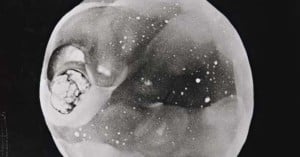
This is a photo of an atomic bomb milliseconds after detonation, shot by Harold ‘Doc’ Edgerton in 1952 through his Rapatronic (Rapid Action Electronic) Camera.
The photo was shot at night through a 10 foot lens, situated 7 miles away from the blast, atop a 75 foot tower. Edgerton systematically turned on and off magnetic fields acting as the camera’s shutter, as opposed to a conventional, mechanical close.
How fast was the magnetic field shutter? 1/100,000,000th of a second.
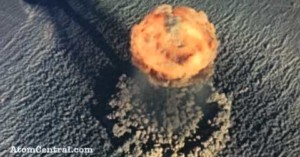
On November 5, 1951, a 31 kiloton atomic bomb was dropped in the Nevada Test Site from a B-45 Tornado bomber. A camera in the air was documenting the test, and captured the video above showing what a large nuclear explosion looks like when looking down at it from above. Notice how the camera begins to shake when the shockwave of the blast reaches it.